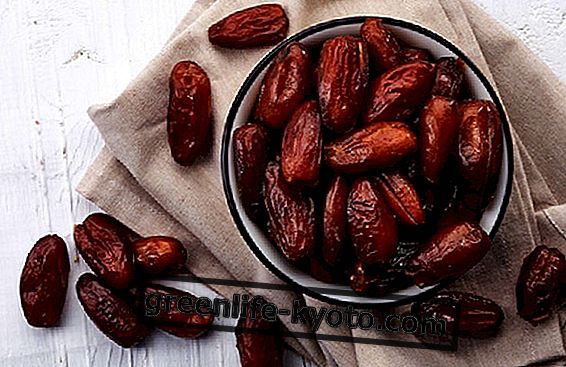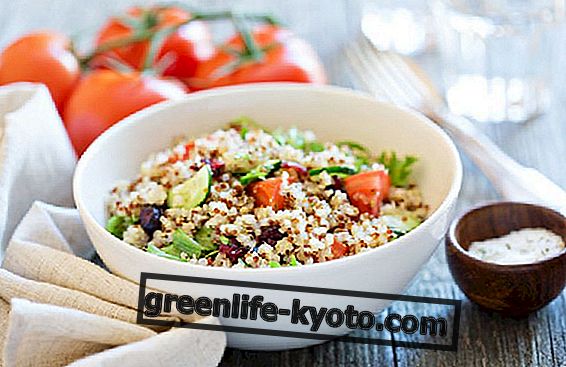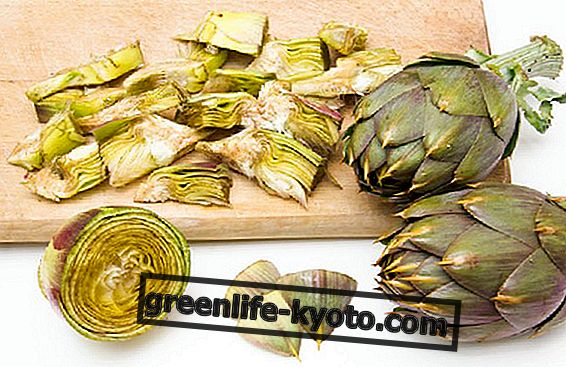
Spain : the cuisine of our Spanish cousins, even if it does not enjoy the same consideration as the Italian one, is to be considered interesting, fascinating, valid, complete.
Spanish cuisine, as always in these cases, is affected by various historical processes, geography and climate . Despite being washed by the sea, the presence of very high mountain ranges and semi-desert regions should be considered, where agriculture is not as easy as in other nations at the same latitude.
Here we find Greco-Roman influences, especially concerning winemaking and meat preservation processes (sausages). We find phoenix and North African influences regarding fish, influences of the Mori invaders who introduced flavors of distant lands like Arabia and Persia, and finally the influences due to the conquests of the New World, a true cornucopia of new foods that here and in Portugal first took root.
Spain today preserves regional cuisines within the national cuisine, preserves consolidated habits that can be traced from north to south, and shows an attachment to the roots, to the so-called poor cuisine, which in Italy we have lost a little.
Spanish cuisine: typical dishes
The list would be endless and full of clichés. Let's start with paella, considered everywhere, except at home, the Spanish dish par excellence . In fact, paella is a typical dish from Valencia and is found on sea areas, given its ingredients: rice, legumes, fish, replaced by meat or vegetables .
Still based on rice, introduced by the Moors, we find rice with cuttlefish ink, while a sort of paella variation made with a pasta that we could define "spaghetti" is the "fideua". A little everywhere we find tapas, small portions of various foods, hot or cold, that recall in some way the food that accompanies aperitifs : it is a form of street food evolved into bar food, snacks to fill the stomach .
Sifting through the classic dishes we also find the gazpacho, a sort of cold soup made with raw vegetables, and the tortilla or spanish omelette, an omelette with potatoes, herbs and various vegetables.
Spain: where to eat (on the street or in restaurants)
Spanish home cooking is often simpler and more rural than is found on the street and in restaurants: simple dishes, pulses, cold cuts, bread, and often in the tortilla we find the leftovers from the day before, something to consider a good old peasant habit.
Restaurants mainly serve classic local dishes, we talk about fish, meat, paella and soups, while much of the culinary life takes place in bars and markets, where most of the food is consumed between breakfast and dinner . The bar is often a simple, fast, cheap and at the same time good solution thanks to tapas and bocadillos (sandwiches).
Spain: not to be missed
As mentioned, combing through the tapas is an experience that can take a long time and give great satisfaction : slase of all types, potatoes, peppers, olives, different types of meatballs, pickles, seafood ... more than any put it more!
And every place has its own unique and unrepeatable tapas. If you pass by the parts of Valencia, the paella is a must, while the legumes of the northern areas are considered the most good, especially the large-sized pheasants. Beer and wine are of excellent quality but the local specialty is obviously sangria .
What to avoid eating in Spain
Many poor dishes of Spanish cuisine are rather mediocre for Italian standars, often a vegetable dish is not expected to know only garlic, for example ... however it is something that often happens in small restaurants. Some sausages and meat dishes are a bit creepy, just mention the bolas de toro .
Tips and trivia about Spanish cuisine
Being guided by the locals and, if possible, being invited by them, is ideal, just have an idea of the real Spanish home cooking. In Spain grows a lot of fruit that we consider exotic: take advantage of it! Vegans do not have the same amount of veg dishes as they find in Italy, but we can say that Spain, especially Barcelona, is vegan friendly.
Read also
> Canarian cuisine: characteristics and main foods













